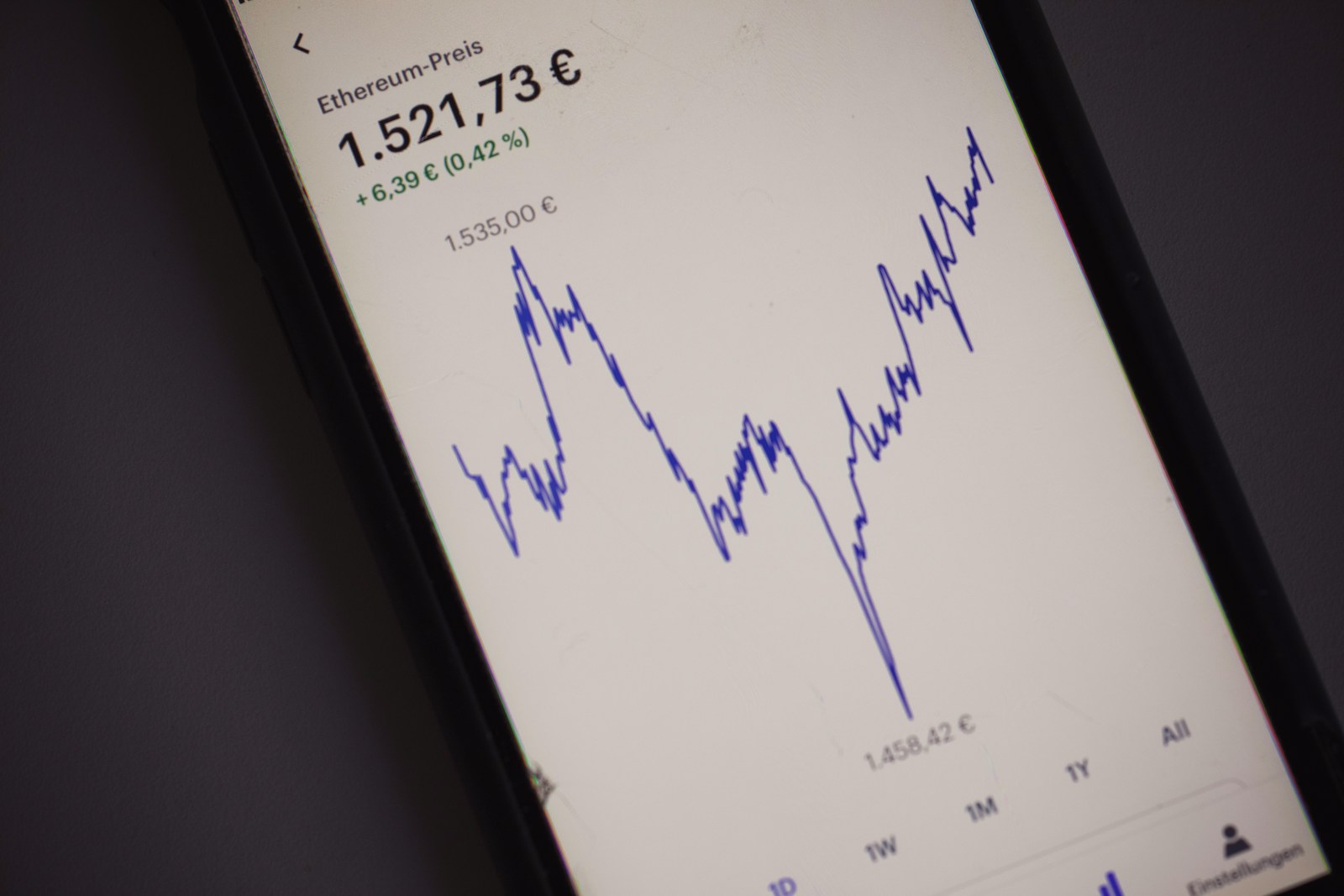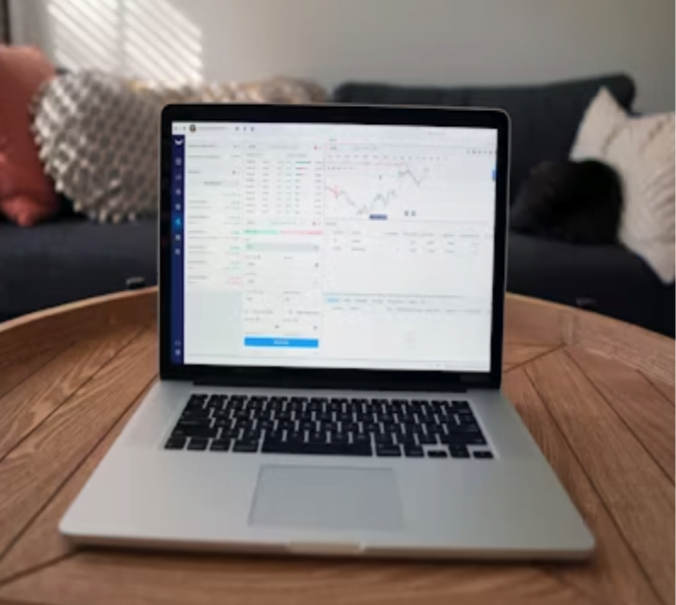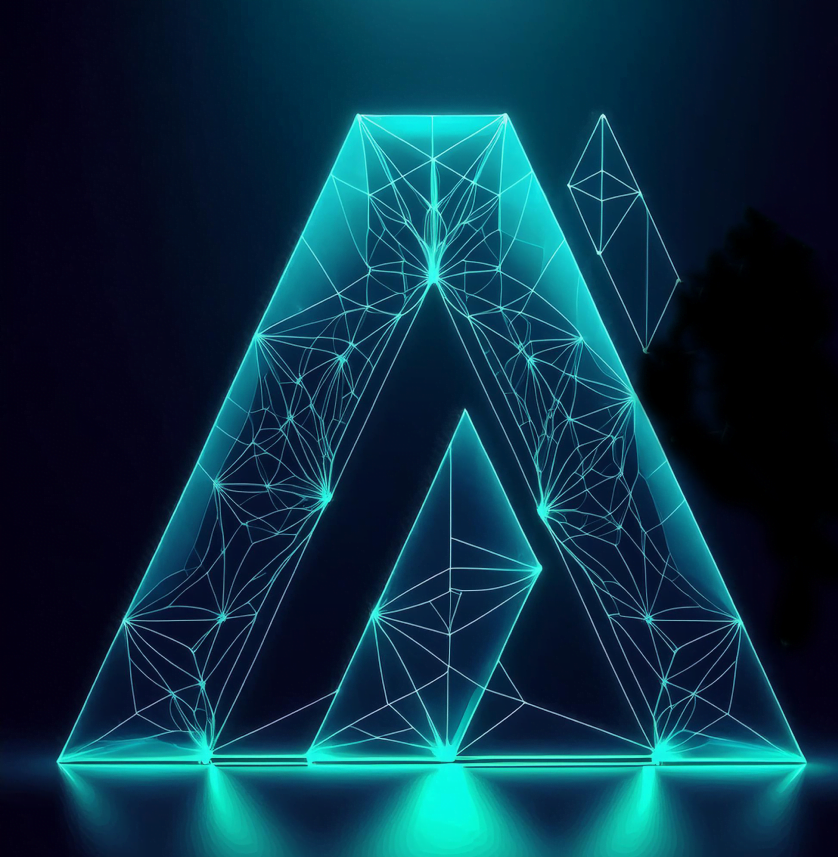AI in the enterprise is often framed as a tool for automation, but its real power lies in connecting people. Instead of drowning in Confluence pages, Slack threads, and email chains, employees should be able to ask their company’s “Siri, Alexa, or ChatGPT” one question:
“Who at my company is best positioned to help?”
- Expertise – Who has the technical knowledge to solve this?
- Relationships – Who knows the decision-maker at this client?
- Experience – Who has worked on a similar problem before?
- Geography – Who is nearby and available?
For massive firms like Accenture (750,000 employees) or JPMorgan (290,000 employees), finding the right person is harder than finding a needle in a haystack. The bigger the company, the more fragmented the knowledge.
AI shouldn’t replace people—it should make the right connections at the right time.
The Problem: Why Enterprise Knowledge is Broken
Most large companies assume they have the tools to connect employees—but they don’t.
- Confluence isn’t knowledge management—it’s document storage. Searching through PDFs is not the same as finding the right expert.
- Corporate directories are obsolete. A list of names, faces, and departments doesn’t tell you who actually has expertise.
- Org charts don’t capture influence. Who has the real relationships inside the company?
- Email & Slack are black holes. Institutional knowledge is locked in private inboxes and DMs.
This also affects client relationships. Right now, if a client asks a critical question, employees:
- Manually search Confluence
- Email five people, hoping for an answer
- Wait on a relationship manager, who becomes a bottleneck
With AI-powered people intelligence, employees instantly find the right expert—without wasted time.
The Solution: AI as an Enterprise-Wide People Connector
The future of AI isn’t just document retrieval—it’s connecting people in real time.
- Instead of searching for files, employees search for experts.
- Instead of getting generic AI answers, they get warm introductions.
- Instead of waiting on a relationship manager, clients get direct access to the right person—without delays.
How AI Enables This at Scale
- Beyond outdated directories – AI-powered internal LinkedIn-like profiles capture real expertise, skills, and relationships.
- Surfaces relationships dynamically – AI understands who knows whom, both internally and externally.
- Understands past experience – AI tracks what employees have worked on, identifying direct, relevant experience.
- Uses digital footprints for accuracy – AI maps expertise using real transaction history (for client teams) or GitHub contributions (for engineers).
- Eliminates AI hallucinations – Instead of generating generic answers, AI connects employees with real experts.
Eventually, clients will use AI to connect directly with the right experts at a company—without waiting for a middleman.
Imagine a client asking:
“Who at your firm has worked on an M&A deal in the semiconductor space in the last 6 months?”
Instead of a slow, manual process, AI delivers the right name instantly—with the relationship manager in the loop, but not as a bottleneck.
The Corporate Directory is Dead—Time for Something Better
Traditional corporate directories are outdated and unhelpful.
- They only show names, faces, and department titles.
- They don’t reveal skills, relationships, or past experience.
- They don’t update dynamically with actual work data.
Enterprises need an internal LinkedIn—but better.
- Profiles must be dynamic – capturing skills, deals, technical expertise, and relationship strength.
- Data must be accurate – updating from transaction records, GitHub commits, and client interactions.
- Search must be intuitive – surfacing experts instantly when employees or clients need them.
This is AI-powered enterprise connectivity—and companies that build it will have an unmatched competitive advantage.
Who Pays for This? A Multi-Division AI Investment
This can’t just be an IT project—it needs buy-in from every division.
- HR & Chief People Officers – Use AI for knowledge-sharing, mentorship, and mobility.
- CIOs – Build a secure, scalable AI-driven internal knowledge platform.
- COOs – Eliminate inefficiencies and reduce time wasted finding expertise.
- Chief Strategy Officers – Leverage AI to mobilize talent for key initiatives faster.
- Sales & Client Teams – Enable client-facing employees to answer questions in real-time.
AI-powered people intelligence isn’t just a tool—it’s a competitive necessity.
The Future: AI-Powered Human Networks Will Define Winning Companies
AI is already reshaping work, but the companies that thrive will be the ones that use AI to strengthen human networks, not replace them.
- What if AI didn’t just generate slides, but introduced you to the person who had already solved your problem?
- What if institutional knowledge wasn’t buried in emails, but surfaced dynamically through human connections?
- What if your company’s AI always answered questions with the best human expert—not a hallucinated response?
At companies like Accenture, JPMorgan, and Amazon, finding the right person is nearly impossible today.
With AI-powered relationship intelligence, the answer to any complex problem could always be:
- The name of the person at your company best positioned to help.
The best companies will use AI to connect their people—not replace them.
The only question is: Will yours be one of them? Introduce us to your favourite CXO and let’s see.















